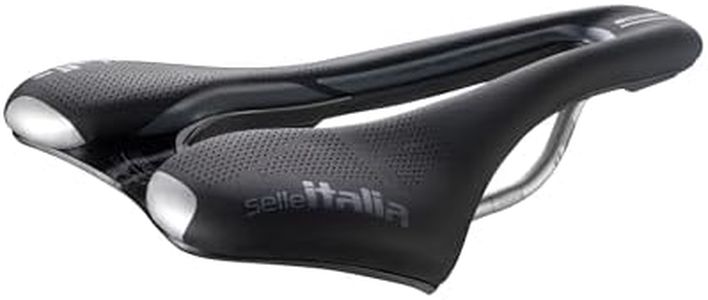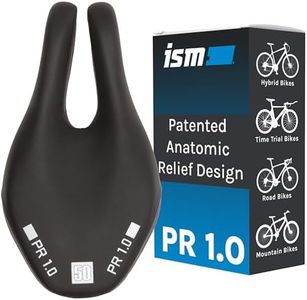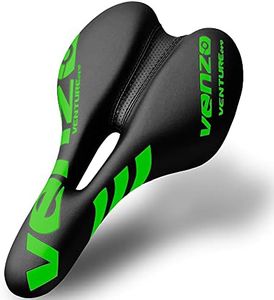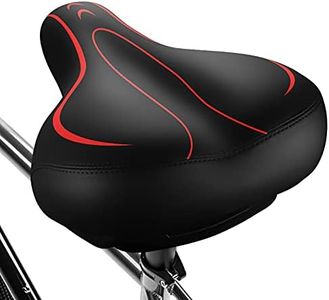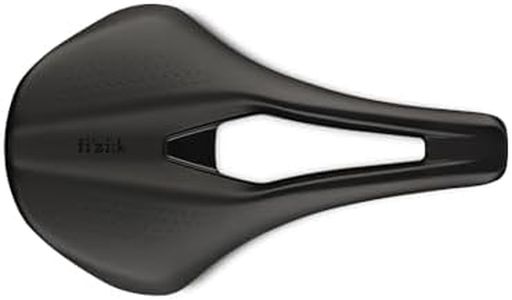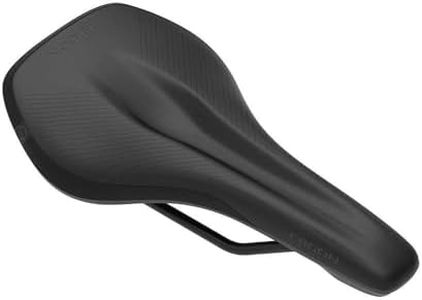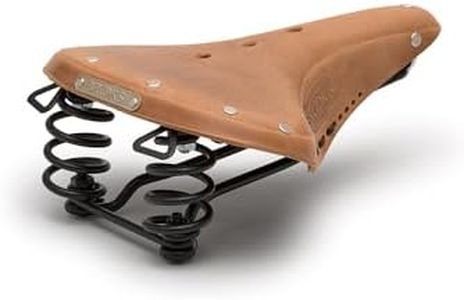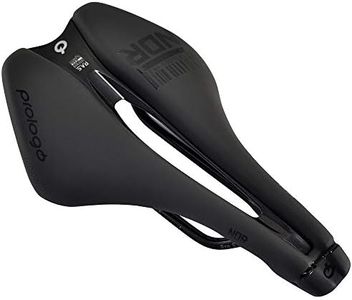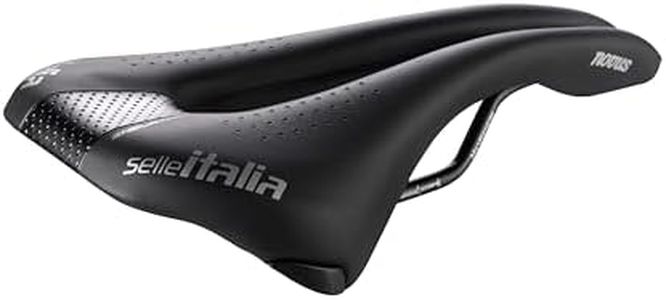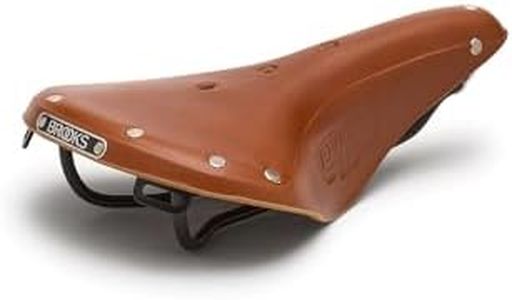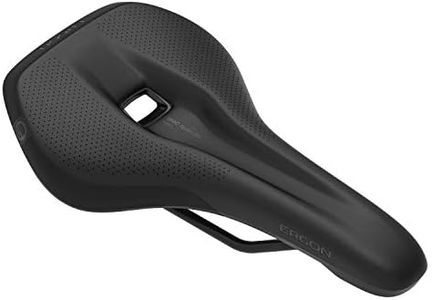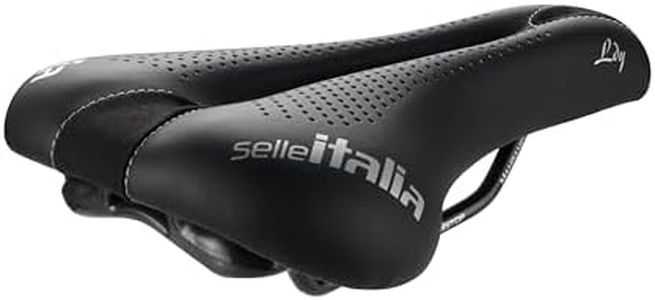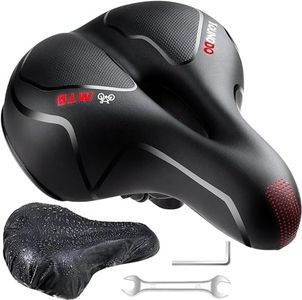We Use CookiesWe use cookies to enhance the security, performance,
functionality and for analytical and promotional activities. By continuing to browse this site you
are agreeing to our privacy policy
10 Best Most Comfortable Bike Seats
From leading brands and best sellers available on the web.By clicking on a link to a third party's website, log data is shared with that third party.
Buying Guide for the Best Most Comfortable Bike Seats
Selecting the most comfortable bike seat is essential for an enjoyable and pain-free ride, whether you're commuting, cruising, or cycling longer distances. The right seat dramatically impacts your comfort, support, and overall riding experience. Instead of picking the most padded seat you can find, pay attention to your unique riding style, body shape, and the type of bike you have. By understanding the different features and technical aspects of bike seats, you can match your needs to the seat that will keep you comfortable on the road or trail.Seat WidthSeat width refers to the distance across the widest part of the bike seat. This is important because it should align with your sit bones, providing the correct support. A seat too narrow can lead to pressure and pain, while a seat too wide can cause chafing. Generally, narrower widths are better for racing and road cycling, where you ride more aggressively, while wider widths suit casual riders and commuters who sit more upright. Consider your riding position and measure your sit bone width to choose a seat that matches—upright riders usually need a wider seat, sporty riders a narrower one.
Padding Type and ThicknessPadding refers to the material inside the seat, commonly foam or gel. This affects softness and shock absorption. More padding can seem comfortable at first, but too much padding may lead to discomfort on long rides as it can compress unevenly. Foam tends to give firm, consistent support, while gel molds to your body but can get hot. If you go for short, casual rides, a bit of extra padding is pleasant. For longer or more active rides, a firmer seat with less but high-quality padding usually works better to prevent discomfort.
Seat ShapeBike seats come in various shapes, from flat to deeply contoured, and the right one depends on your riding style and flexibility. Flatter seats give more freedom to move and are popular among sporty or flexible riders. More contoured seats, often with a prominent dip or groove, suit upright riders and commuters, offering extra support and reducing pressure. If you shift positions frequently during a ride, a flatter seat is beneficial. If you tend to stay in one position, a shaped seat can provide better comfort.
Cutouts and Pressure Relief ChannelsMany comfortable bike seats feature cutouts or channels that run down the center. These are designed to reduce pressure on sensitive areas and improve airflow. This feature is particularly valuable if you ride for long periods or if you experience numbness or discomfort in the pelvic region. If pressure relief is your priority or you ride in a forward-leaning position, look for seats with prominent cutouts or central grooves.
Cover MaterialThe outer material of a bike seat contributes to comfort and durability. Leather covers tend to be durable and can mold to your shape over time, but require upkeep. Synthetic covers are more weather-resistant, easy to clean, and generally maintain their look longer. If you ride outdoors in varied weather, synthetics may be best. For indoor or dry-weather riders, leather can offer a unique feel and fit. Choose based on your climate and how much maintenance you're willing to do.
Seat Suspension and RailsSome seats feature built-in suspension or flexible rails (the metal bars under the seat) that absorb shocks from bumps and rough roads. This can greatly enhance comfort, especially for riders on rough terrain or city streets. Heavier riders or those seeking maximum comfort often appreciate suspension. If you ride mainly on smooth surfaces, suspension is less critical; for mixed surfaces or long distances, it's worth considering.
